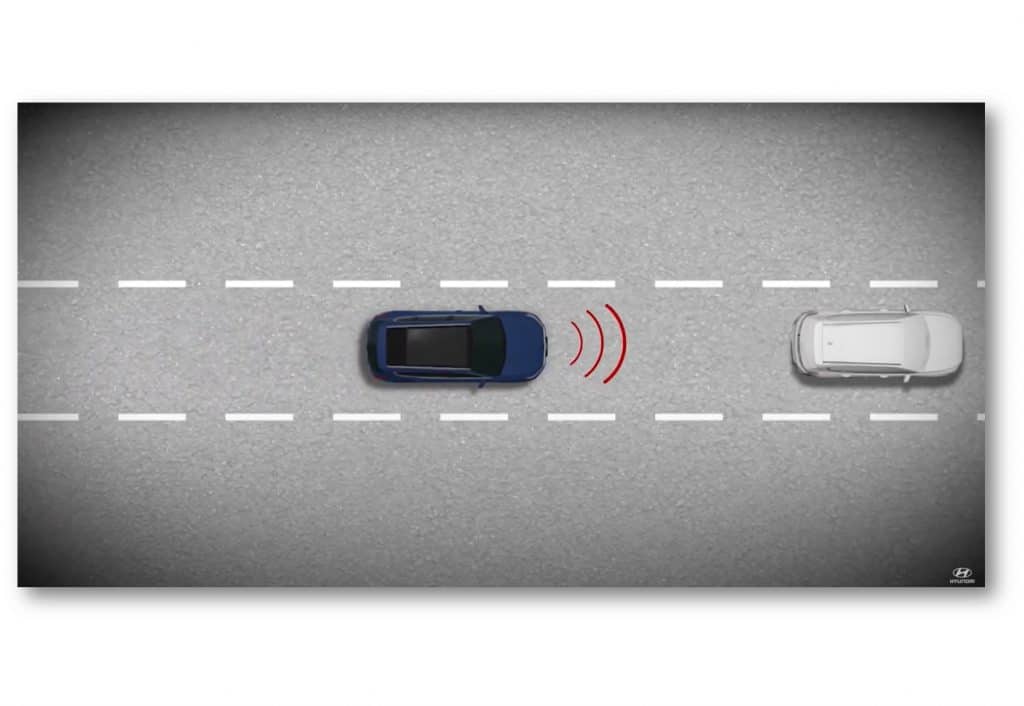
“Hyundai’s AEB safety technology, Forward Collision-Avoidance Assist, is now standard on 96% of our lineup of cars and SUVs,” said Brian Latouf, chief safety officer, Hyundai Motor North America. “We are proud to offer this life-saving technology on the vast majority of new Hyundai vehicles. It speaks to our organizational dedication to vehicle safety and the industry’s ability to work together and advance motor vehicle safety voluntarily.”
In 2016, Hyundai joined the industry, the National Highway Traffic Safety Administration (NHTSA) and the Insurance Institute for Highway Safety (IIHS) in committing to make AEB standard on virtually all light-duty vehicles by September 1, 2022. IIHS estimates that this commitment will prevent 42,000 crashes and 20,000 injuries by 2025, and that front crash prevention systems with both forward collision warning and automatic braking reduce rear-end crashes by half.
Hyundai’s Forward Collision-Avoidance Assist uses a camera and/or radar to look for vehicles in the road ahead and warn drivers of a potential collision. If the system determines a collision is imminent, it sounds an alarm and flashes a visual alert. And depending on the circumstances, it will also apply the brakes to avoid impact or minimize damage.
Hyundai also reminds drivers and passengers to always wear safety belts, use appropriate child seats and focus on the drive.